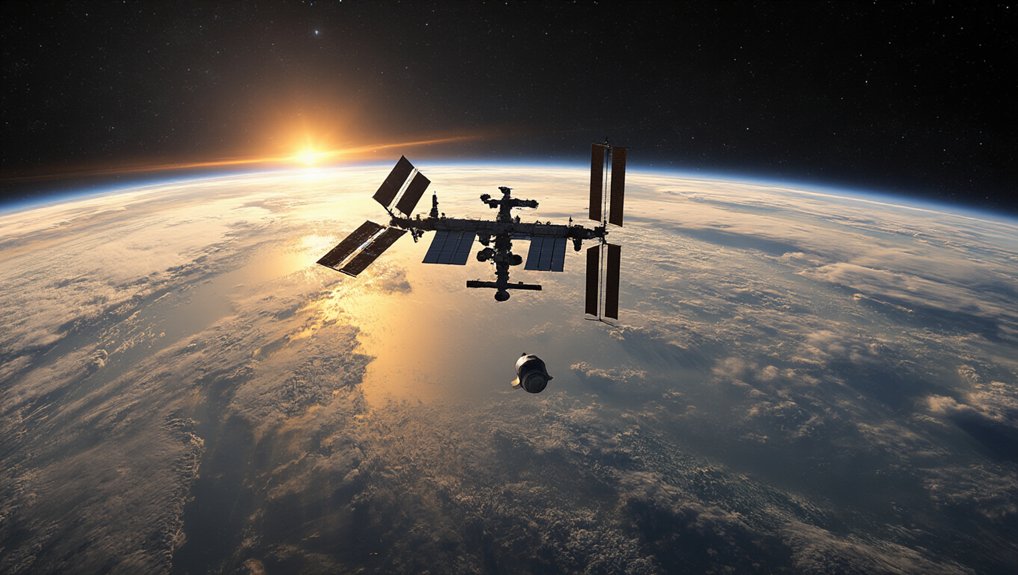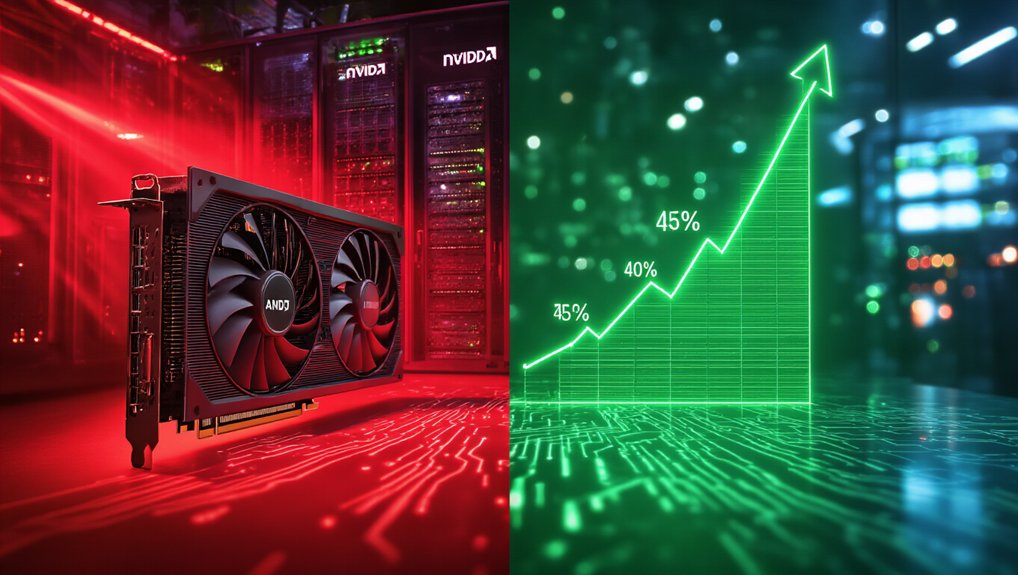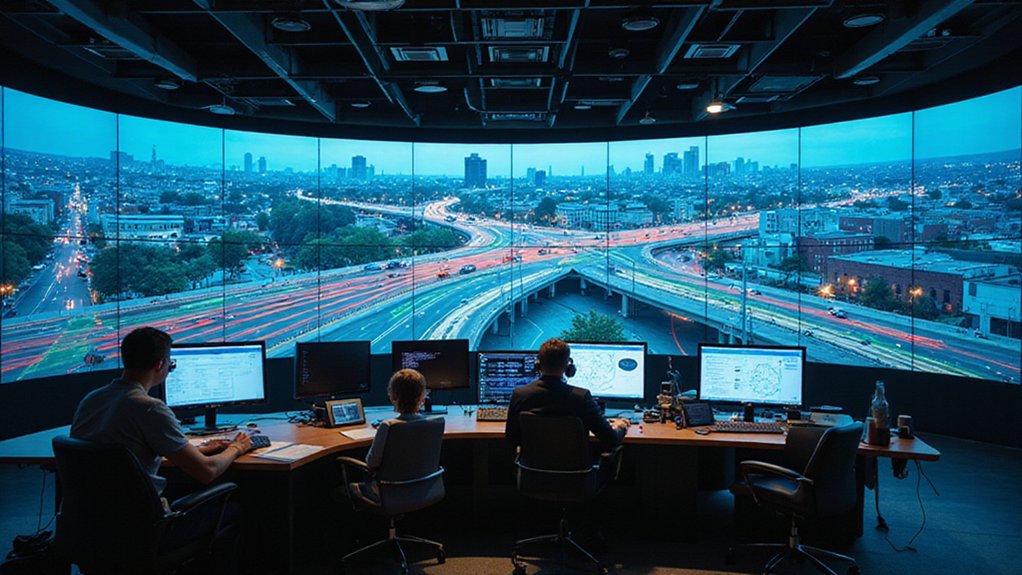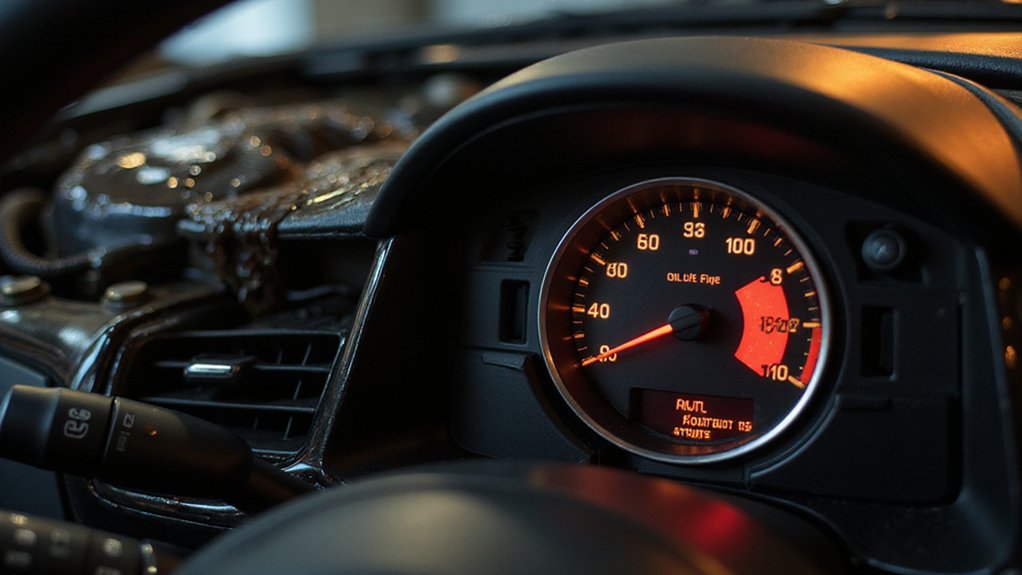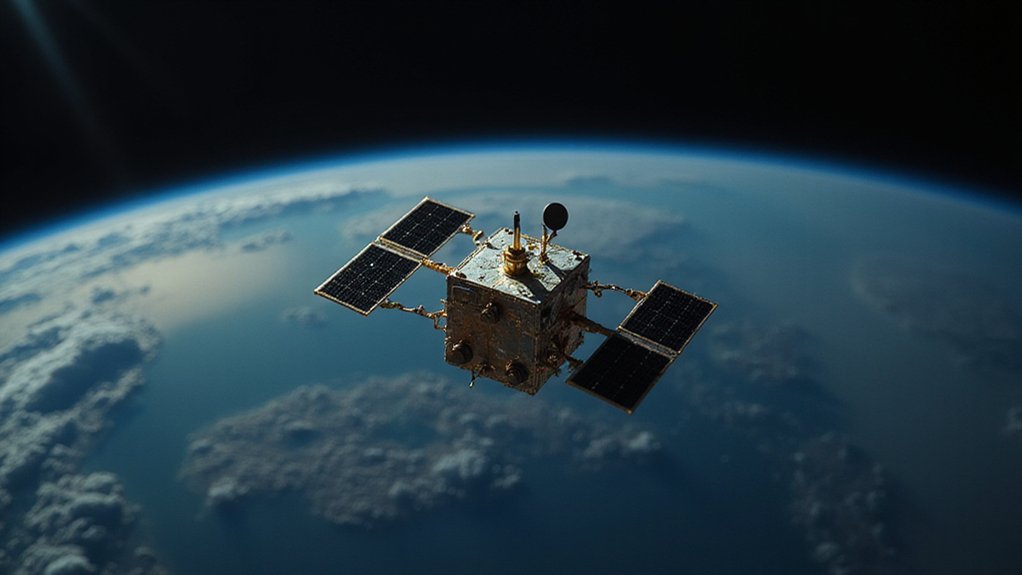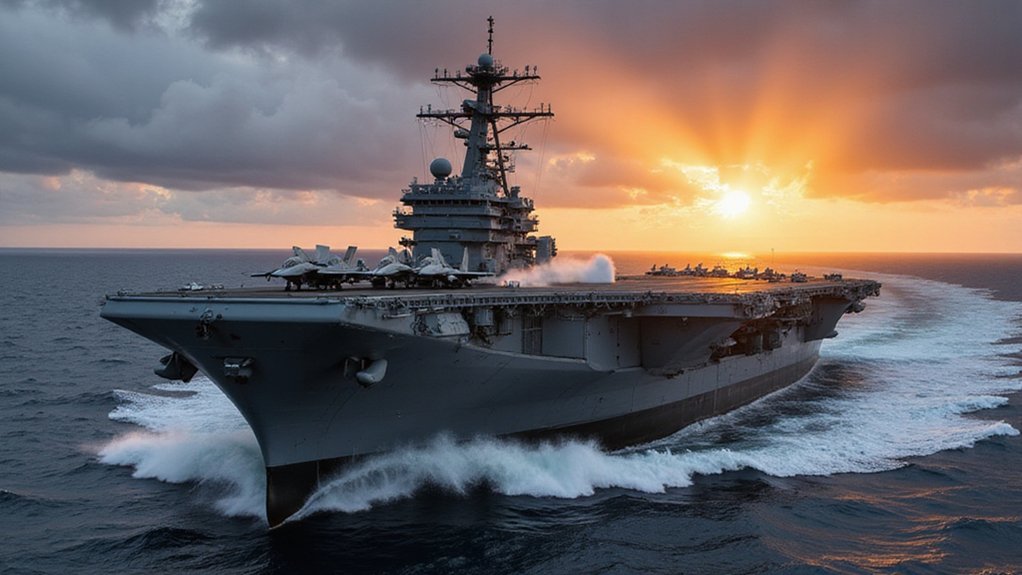Soaring beyond Earth’s atmosphere, Shubhanshu Shukla has made history as the first Indian astronaut to visit the International Space Station. The groundbreaking achievement ends India’s 40-year absence from human spaceflight since Rakesh Sharma’s mission in 1984. Talk about a long wait.
Shukla serves as pilot aboard Axiom Space‘s Ax-4 mission, a commercial flight focused on scientific research. The mission blasted off from Kennedy Space Center on June 25, 2025, at 12:01 PM IST. Just another day at the office—except it’s in space.
When your commute involves a Falcon 9 and docking with the ISS, that’s taking the morning routine to a cosmic level.
The international crew features an impressive lineup: Commander Peggy Whitson from the USA, along with Poland’s Sławosz Uznański and Hungary’s Tibor Kapu. First-timers for three nations on one mission. That’s efficiency.
After launching on SpaceX’s Falcon 9 rocket, Shukla piloted the Crew Dragon capsule during the 30-hour journey to reach the ISS. The spacecraft is scheduled to dock at approximately 4:30 pm IST on June 26 after completing multiple waypoint checks. The spacecraft, designated C213, boasts autonomous docking capabilities and advanced life support systems. Pretty fancy taxi service.
The team isn’t just sightseeing. They’re tackling over 60 science experiments during their two-week orbital stay. India contributed seven experiments focusing on microgravity, biology, and materials science. Scientists back on Earth are probably holding their breath.
This mission represents more than just national pride—it’s a strategic stepping stone for India’s Gaganyaan program, the country’s ambitious human spaceflight initiative. Shukla’s experience as an Indian Air Force pilot made him an ideal candidate for this pioneering mission. Learning from others before going solo. Smart move.
The significance extends beyond technical achievements. Shukla’s mission has been celebrated as a “quantum leap” for Indian space history, inspiring a new generation of scientists and engineers across the country. Kids with posters of astronauts on their walls now have an Indian face to look up to.
When the mission concludes, the crew will splash down off California’s coast, bringing home valuable research data and experience that will shape the future of India’s expanding role in space exploration. One small step for Shukla, one giant leap for India.
References
- https://www.space.com/space-exploration/launches-spacecraft/spacex-launches-historic-private-axiom-4-astronaut-mission-to-the-iss
- https://timesofindia.indiatimes.com/india/axiom-4-launch-successful-shubhanshu-shukla-is-1st-indian-in-space-in-40-years-will-be-first-ever-at-iss-tomorrow/articleshow/122063120.cms
- https://www.downtoearth.org.in/science-technology/shubhanshu-shukla-all-set-to-make-history-as-part-of-axiom-mission-4-ax-4
- https://economictimes.com/news/science/inside-spacexs-dragon-the-trailblazing-spacecraft-that-indias-shubhanshu-shukla-will-pilot-to-the-international-space-station/articleshow/122062559.cms
- https://www.space.com/space-exploration/human-spaceflight/an-indian-astronaut-is-about-to-visit-the-iss-for-the-1st-time-ever
